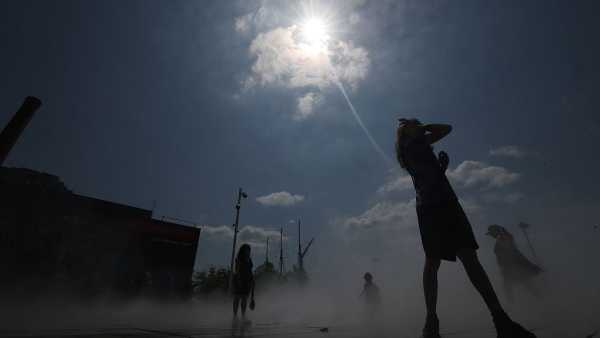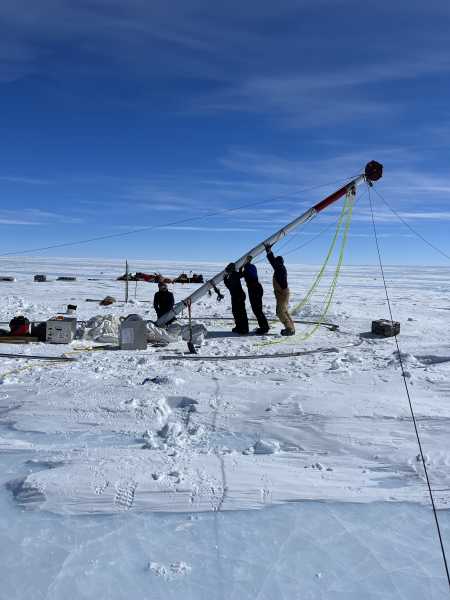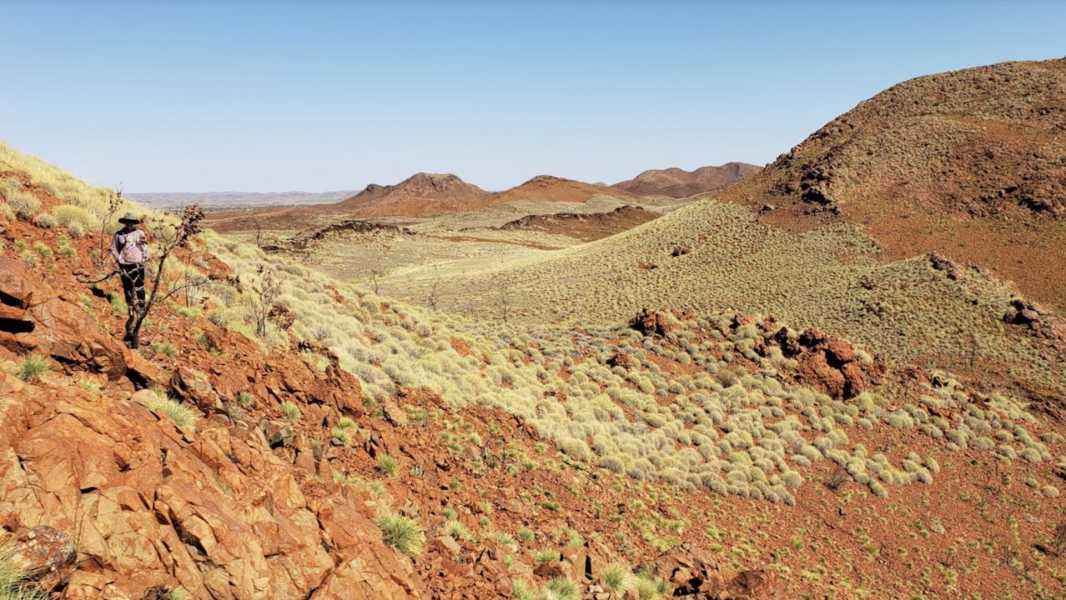
Rock outcrops created by the Miralga meteorite impact. (Photo: Aaron Cavosie)
Have you ever been late because you misread the clock? Sometimes the “clocks” that geologists use to tell the time of events can also be misinterpreted. Deciphering the Earth’s 4.5 billion-year history through rocks is no easy task.
An example of this is the recent discovery of an ancient meteorite crater in the remote Pilbara region of Western Australia. The original study by another team attracted media attention by claiming that the crater was 3.5 billion years old. If this turns out to be true, it would certainly be the oldest on Earth.
As it turns out, we've been doing research in the area, too. Our findings are published today in Science Advances. While we agree that this is the site of an ancient meteorite impact, we come to different conclusions about its age, size, and significance.
You may like
-
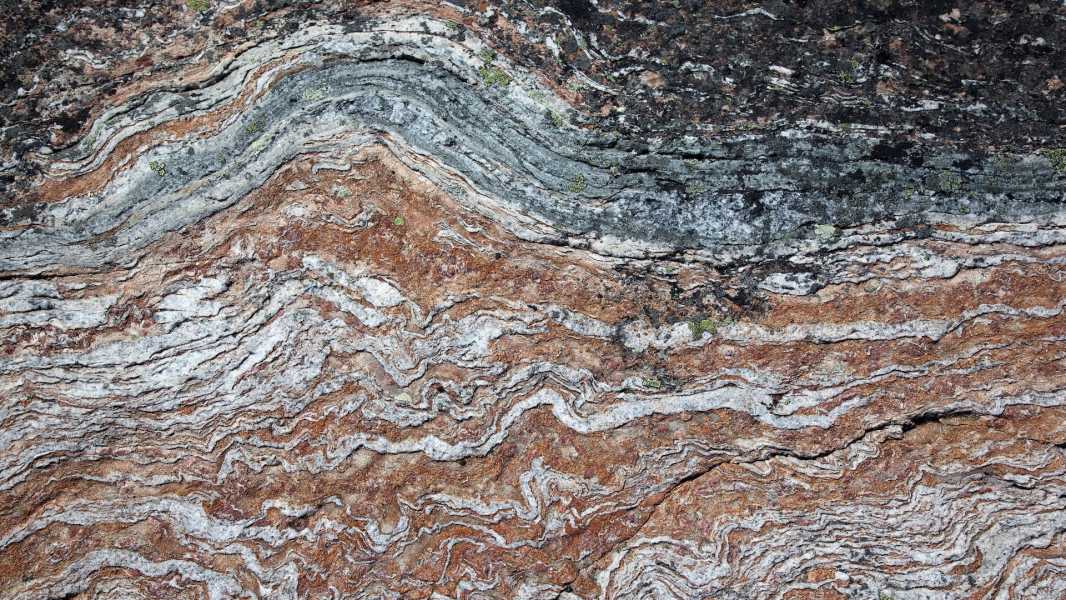
The world's oldest rocks could shed light on how life emerged on Earth, and perhaps beyond.
-
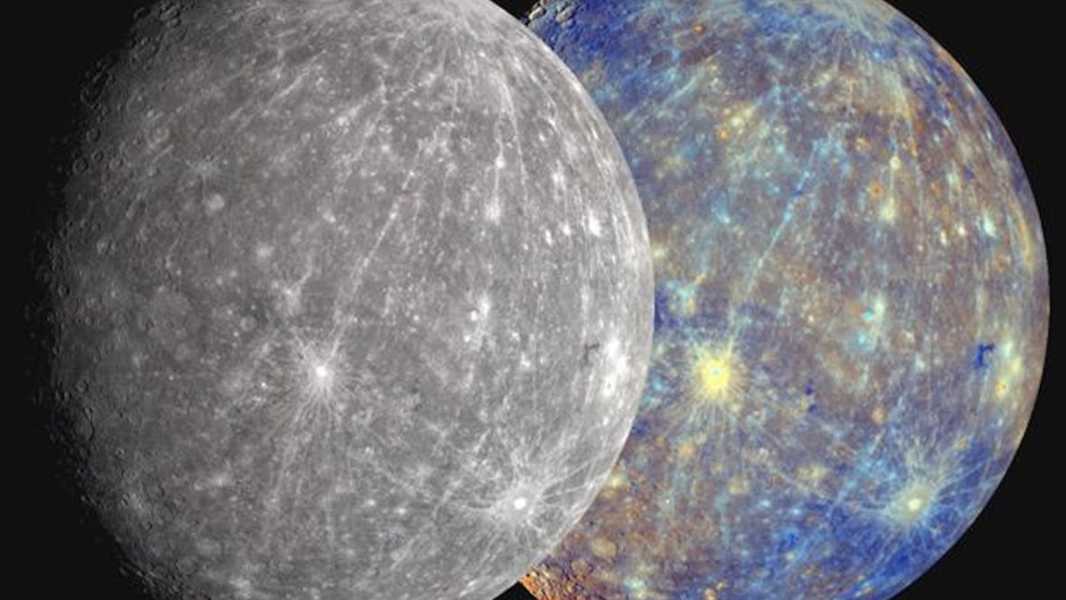
'Missing' Mercury Meteorites May Finally Be Found on Earth
Sourse: www.livescience.com


